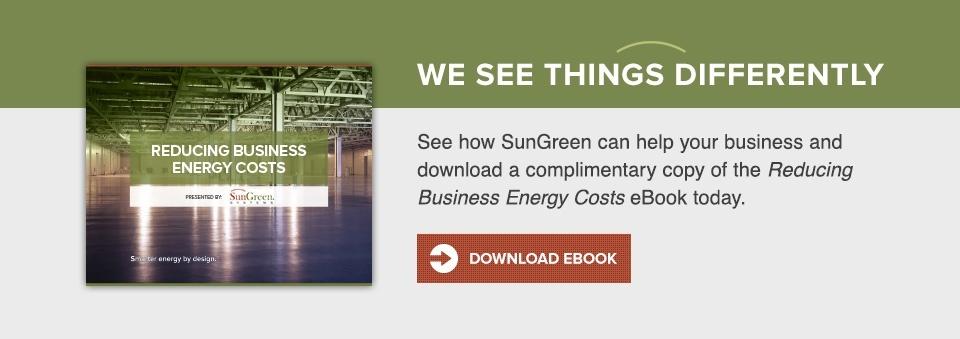
In five years, the cost of solar energy has dropped 65 percent. The United States now has more than 10 times the solar capacity installed than it did in 2011.
Five years also have made a dramatic difference in the cost of solar power compared with traditional forms of energy derived from oil, natural gas and coal. Solar power is now 70 percent of the way to being fully cost-competitive with fossil fuels - even without tax incentives.
The gap would be even less in hot climates such as Southern California.
Innovation across all levels of the solar energy industry is driving the shift, according to the U.S. Department of Energy. SunShot, a 10-year DOE initiative, aims for so-called “grid parity” by 2020. Reducing the cost of solar power encourages more businesses and homeowners to see it as an attractive alternative to other forms of electricity.
Solar industry makes huge strides in 5 years
The Energy Department recently released a series of reports to chronicle the solar industry’s progress at the 5-year mark. The eight reports plus an executive summary include hundreds of pages that analyze cost trends; the effect of emerging new technologies in solar modules; CPVs (concentrated photovoltaics) and energy storage; grid integration and distribution challenges; plus the public health advantages of higher penetration of solar power.
Among the broader findings:
- Solar accounted for more than 30 percent of new generation brought online in 2015.
- The U.S. solar industry has grown 23-fold since 2009.
- Flexible grid solutions that include energy storage integration could enable the U.S. to get 25 percent or higher levels of its electricity from the sun.
- Reaching the SunShot targets would reduce greenhouse gas emissions from electric power by 10 percent between 2015 and 2050.
- Solar PV accounted for less than 0.1 percent of electricity generation in the U.S. in 2010. Today, it is about 1 percent.
The goal is for solar power to generate 14 percent of the U.S. electrical demand by 2020.
Innovation beyond technology drives down solar costs
More efficient solar cells and solar modules will increase the amount of the sun’s power able to generate electricity and continue to lower the cost.
However, innovation across the solar sector gets credit for progress toward grid parity, the Energy Department said.
Making access to solar power easier for businesses and homes plus new business models, including financing options, that better serve the needs of solar customers are part of the picture. So, too are improvements to processes needed to sell, install and connect a solar system, the department said.
“We're making a lot of progress,” U.S. Energy Secretary Ernest Moniz told NPR during an interview in May 2016, “but I think that we still must focus on continuing deployment in the near term, and continuing innovation for the longer term.”
Thinking about catching the next wave of commercial solar?







